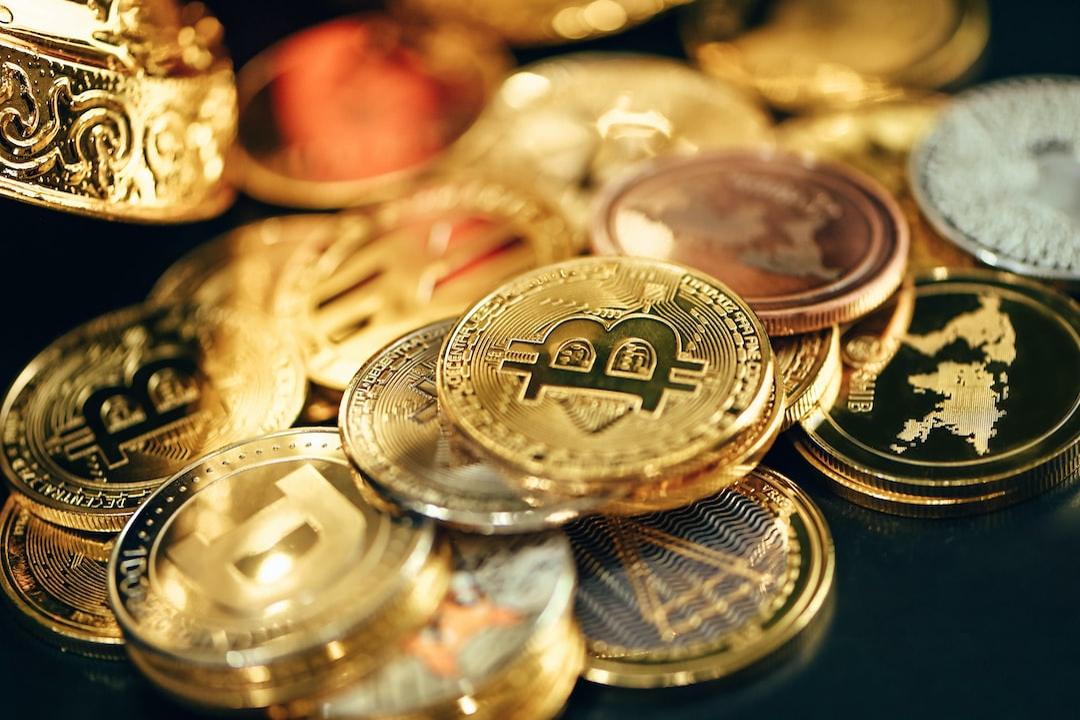Memecoins are often dismissed as mere jokes, seen as destined to fade away. However, what if they hold a crucial role in the cryptocurrency landscape? While traditional finance scoffs, memecoin investors might be pioneering innovative financial strategies. Consider the success stories: $1,000 in Dogecoin (DOGE) turning into $2 million, or Shiba Inu (SHIB) transforming small investments into life-changing sums. Are these investors misguided, or do they recognize genuine opportunities?
In 2024, the memecoin market is one of the fastest-growing sectors in the crypto space. 
Top-performing memecoins have delivered average returns exceeding 1,300% this year. For instance, one trader netted an astonishing $1.2 million in just a few days by trading MAGA, Pepe (PEPE), and other popular meme coins.
**Memecoins vs. Traditional Finance**
Memecoins are characterized by their agility and innovation, qualities that traditional finance often lacks. They are decentralized and community-driven, allowing them to move swiftly, unlike the sluggish, bureaucratic legacy financial systems. This rapid adaptability provides valuable lessons for conventional finance, which risks obsolescence if it fails to evolve.
**The Rush for Quick Profits**
The lure of quick profits draws many to memecoins. For example, Hamster Kombat, popular among gamers, has bolstered the TON ecosystem with its blend of strategy, combat, and cute hamsters, attracting even non-crypto enthusiasts. Investors see both the thrill and the risks, driven by a fear of missing out (FOMO). This psychological trigger blends market dynamics with investor behavior, making memecoins hard to resist.
**Celebrities Backing Memecoins: Genuine Support or Just a Cash Grab?**
Celebrity endorsements can significantly boost memecoin values, but their sincerity is often questioned. For instance, the DJT token, based on the Solana (SOL) blockchain, surged 180% in value following rumors of its connection to the Trump family. Despite subsequent declines, one investor profited $3.7 million from selling their MAGA (TRUMP) tokens. As the Bored Ape Yacht Club wanes, celebrities like Caitlyn Jenner and Elon Musk are influencing memecoins, causing volatile market swings. 
Jenner’s JENNER coin launched on May 26, reaching a market capitalization of $43 million before declining. Part of its revenue now supports former President Donald Trump’s reelection campaign. Similarly, Iggy Azalea has joined the memecoin trend. Despite these high-profile moves, memecoins still represent less than 5% of the crypto market, with celebrity-backed tokens holding an even smaller share. Investors should exercise caution, as celebrity involvement can often be more about personal gain than genuine investment.
**Notcoin and Hamster Kombat: More Than Just Hype**
Web3 clicker games are thriving this year. Notcoin on Telegram boasts 40 million players, with its token rising nearly 250%. Memecoins have stolen the spotlight this Bitcoin halving cycle, offering unparalleled opportunities. Hamster Kombat has surpassed Notcoin with over 150 million users and 31 million daily active users, though these figures may include bot activity or duplicate accounts. 
The challenge remains in sustaining momentum. Experts argue that without real token use cases, these games might struggle in the long term. However, crypto enthusiasts are optimistic. Hamster Kombat’s success demonstrates the appeal of blockchain games and the potential of the TON platform, setting a promising precedent for blockchain gaming.
**Memecoins Finally Matter**
Memecoins test blockchain technology, reflect market sentiment, and build vibrant communities beyond the general crypto crowd. They demonstrate tech reliability and scalability, serving as indicators of broader market trends. Over the past 90 days, memecoins have shone brightly in the crypto market. For example, “Hawk Tuah” on the Solana blockchain transformed from a quirky Tim & Dee TV street interview to a digital asset phenomenon, showing how viral content can drive crypto success through community and investment. Trading at $0.007825 with a market cap of $310.8 million, it has made a significant impact. Recent data highlights impressive price surges, capturing the dynamic essence of meme-based cryptocurrencies.
**Memecoin Financial Health**
The framework for evaluating memecoins can be visualized through a chart that graphs their social and financial health, categorizing them into five main areas:
– Extreme risk: Tokens with low liquidity and volume, prone to scams.
– Bot arena: The majority of tokens, struggling for visibility and traction.
– Volatile growth: Tokens that emerge from obscurity and face significant price fluctuations.
– Well established: Top coins with steady social and financial support.
– Sleeping giants: Once popular but now quieter tokens, often managed by DAOs.

These categories help interpret the lifecycles and risks of memecoins. Despite their potential to reshape communities and drive innovation, they face ethical issues like market manipulation.
One thing is clear: memecoins are here to stay and will continue to transform the financial landscape. They embody the heart of innovation and disruption within crypto, challenging blockchain technologies to be resilient. As financial instruments shaped by culture, community, and social media, memecoins have also offered unprecedented opportunities for ordinary people to win extraordinary sums, albeit with significant risks.
Memecoins will keep disrupting traditional finance, reflecting how innovation can revolutionize everything. They exemplify how curious financial experiments can resonate like other forms of art.
**About the Author:**
Constantin Kogan is a co-founder of BullPerks and GamesPad, a partner at BitBull Capital, the founder of Adwivo, a partner at TDVC, CEO at TDX, and a former managing director at Wave Financial. He holds a Ph.D. in sociology from National Pedagogical Dragomanov University in Kyiv, a master’s degree in education, and is fluent in five languages (English, Russian, Ukrainian, French, and Hebrew). He’s been a blockchain technology enthusiast and investor since 2012.
This article is for general information purposes and is not intended to be and should not be taken as legal or investment advice. The views, thoughts, and opinions expressed here are the author’s alone and do not necessarily reflect or represent the views and opinions of Cointelegraph.

